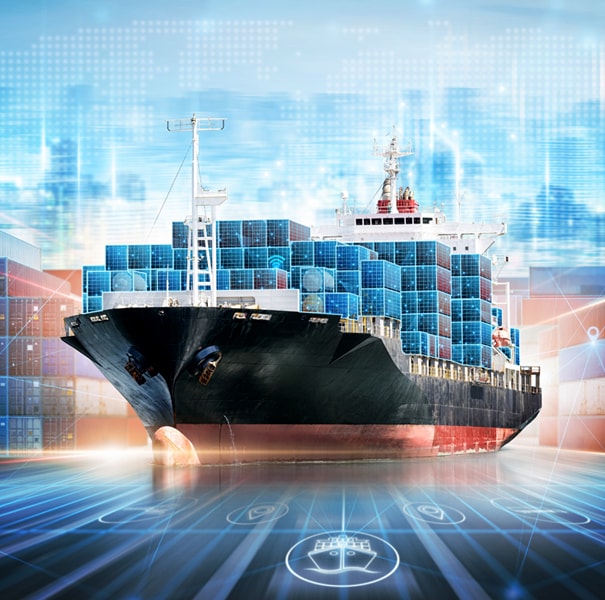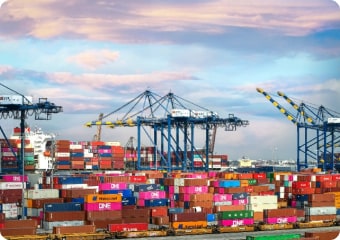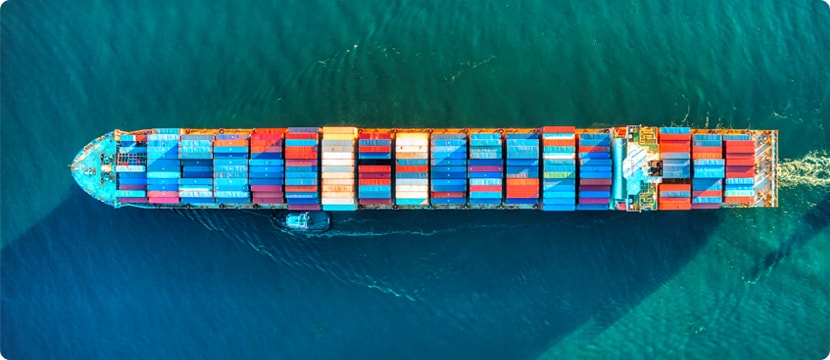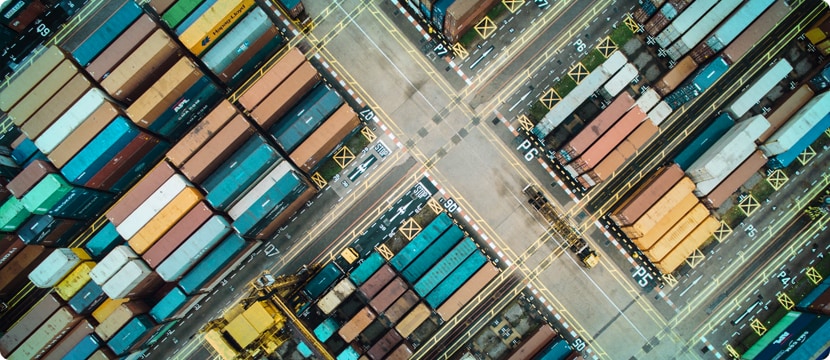

Lack of supply chain visibility and over-dependence on manual processes such as inventory tracking are some key challenges for supply chain leaders. These challenges hinder profitability and growth in an environment of unpredictability, rapid inflation, changing customer needs, and frequent disruptions. Are connected and autonomous supply chains the answer to thrive in a post-pandemic world? Read this article to find out.
Demand volatility, disruptions, and uncertainties have highlighted the significance of responding efficiently. Events like the pandemic, the Texas Deep Freeze, and geopolitical blockades have exposed supply chain vulnerabilities, causing shortages and widespread disruptions. In the face of continued flux, how can supply chains flow seamlessly? The answer lies in end-to-end visibility.
Research suggests that 70% of companies need more supply chain visibility, and most rely on manual inventory tracking. Supply chain executives struggle to identify what’s happening outside their organizations and, as a result, cannot plan ahead. Limited visibility also impacts the ability to swiftly sense and respond to disruptions.
Supply chains are not static; changing one factor can have lasting repercussions. For instance, if the lead time for a supplier changes from six weeks to 50 weeks, you’ll need to find some alternatives. Or what if the price changes and the cost is no longer viable? You’ll either need to raise your price or find another supplier. But without visibility into the system, finding and flagging these issues is difficult.
Unfortunately, in a world of doorstep delivery and fragmented demand, that’s what it is – informed guesswork. As a result, companies find that the goods they produce, especially if they have a long lead time, may be completely irrelevant when they hit the shelves because the demand has shifted. Demand forecasting is about getting the quantities right and where to position that inventory. Not knowing where the demand is could leave you with stockout situations despite having the right stock on paper, just because it’s sitting in the wrong location. Demand sensing has emerged as a powerful concept at the heart of the supply chain transformation.
Companies need short-term visibility. How is my inventory moving in a day, in a month? And this is where they currently don’t have a clue. And that’s why demand sensing is becoming crucial to see and understand what is happening based on real-time customer demand.

Post-pandemic, the focus has shifted to supply chain resilience, and companies want to get more visibility into both the supply and demand side – what is my supplier’s supplier carrying or what is my customer’s customer buying – to prepare for any eventuality. However, the biggest challenge is the inability to collect, harmonize, and process demand signals in near real-time. Disparate systems and heavy dependence on manual processes create data siloes and latency in demand visibility.
To bring demand sensing into their supply chain operations, companies need a planned approach:
- Connect with your partners to align business goals – Get the buy-in from suppliers and customers that there is a real benefit in this partnership and incentivize them for data exchange. For instance, today’s retailers recognize the value of collaborating directly with their suppliers. They are open to sharing point-of-sale information that, until recently, they were not willing to do.
- Leverage technology to create a connected ecosystem – Meet your partners where they are in their technology maturity. Make it easy for them to share data with you irrespective of the system or format they use.
- Harmonize and process the data to make it usable by downstream systems – Information coming in from different partners will have significant variations in details, number of attributes, product hierarchies/codes, granularity of information, frequency, etc. Your system should be able to harmonize this data and make it usable for other systems.
However, it’s impossible to monitor everything from the get-go. If you are just starting on this journey:
- Concentrate on the products or categories posing the most significant challenges or opportunities.
- Engage with customers and suppliers to understand available information and data sources, seeking their willingness to share relevant data.
- Determine how to best utilize the obtained data to drive demand-sensing strategies and improve decision-making.

All parties look at the same truth in a connected ecosystem. Supply chain planning then becomes harmonious like an orchestra, as opposed to each one singing their tune. Once you have the data, you can use it to create connected downstream systems that are the building blocks of an autonomous supply chain.
For instance, the change in lead time or price from a supplier that we discussed earlier
For instance, when lead times change, autonomous systems update the planning system’s minimum order quantity, streamlining the process and ensuring fairness tied to external indexes. Moreover, autonomous agents interpret customer order changes from emails, automatically adjusting shipments and orders, freeing up planners for strategic tasks. This agility empowers organizations to swiftly adapt to dynamic supply chain conditions, enhancing efficiency and responsiveness to meet future demand challenges.
For instance, these models can create “what if” scenarios and digital twins to augment human decision-making.
Loved what you read?
Get practical thought leadership articles on AI and Automation delivered to your inbox


Loved what you read?
Get practical thought leadership articles on AI and Automation delivered to your inbox
Supply chain challenges need an audacious response – from the archaic and manual to the agile and automated. The future belongs to those who embrace the power of connectivity, autonomy, and data-driven intelligence, leaving uncertainty behind. Are you ready to get started on this journey?
Disclaimer Any opinions, findings, and conclusions or recommendations expressed in this material are those of the author(s) and do not necessarily reflect the views of the respective institutions or funding agencies






